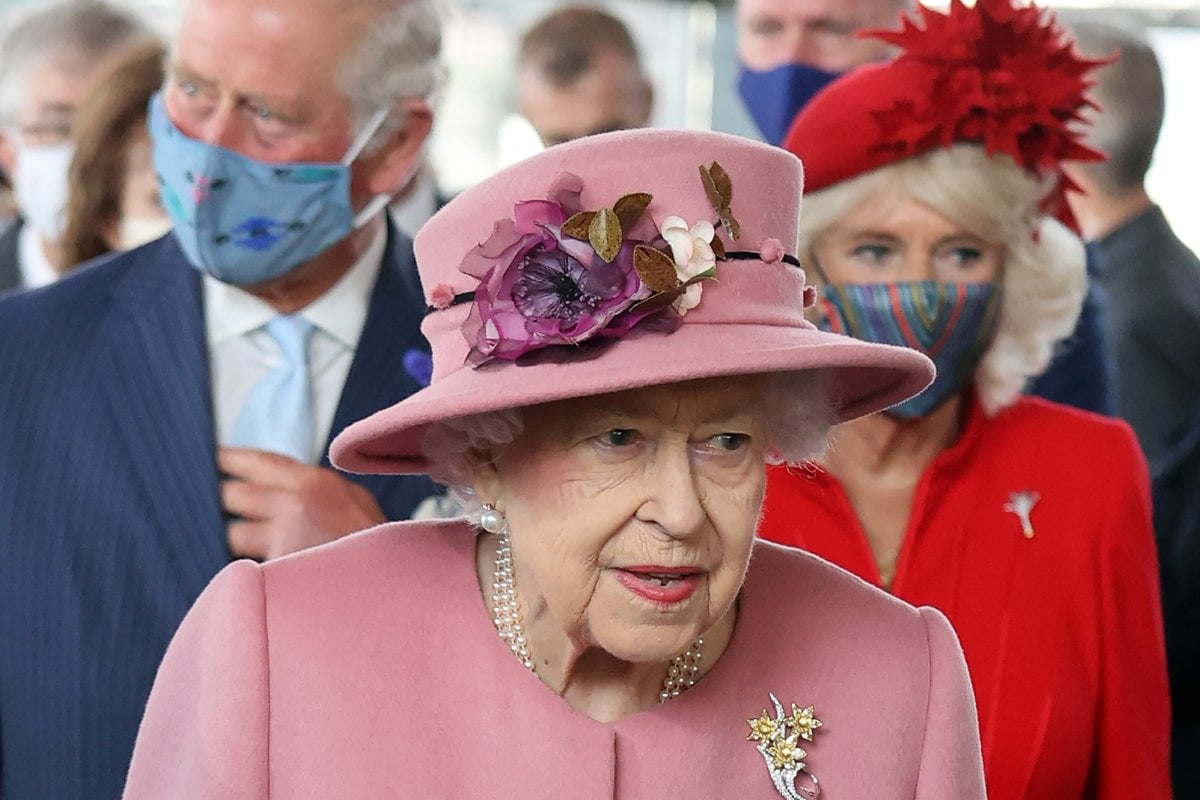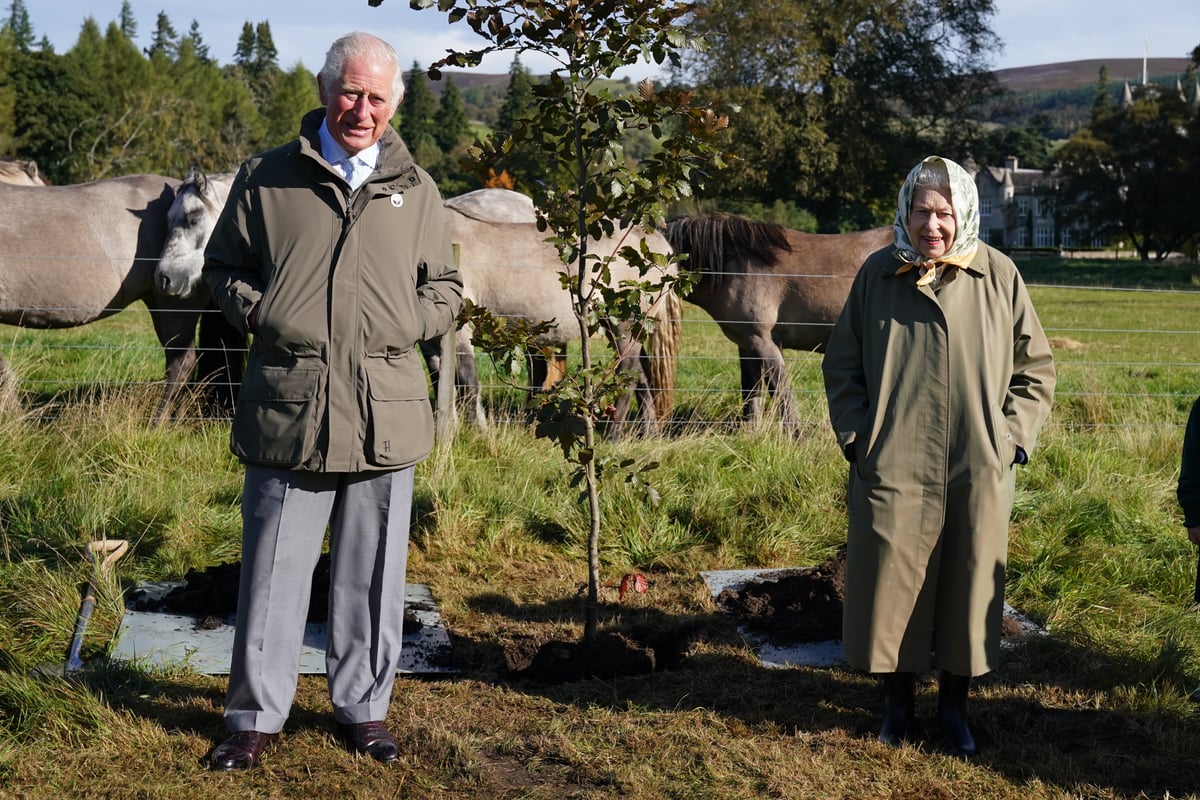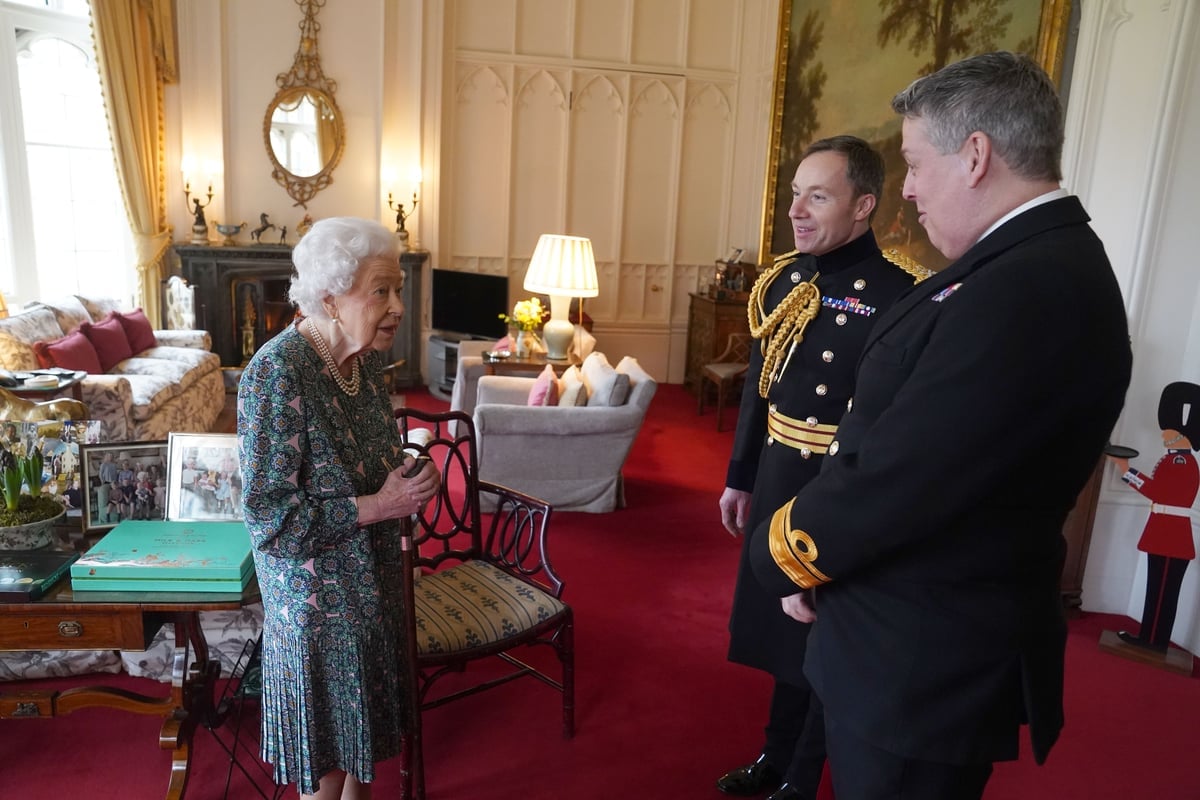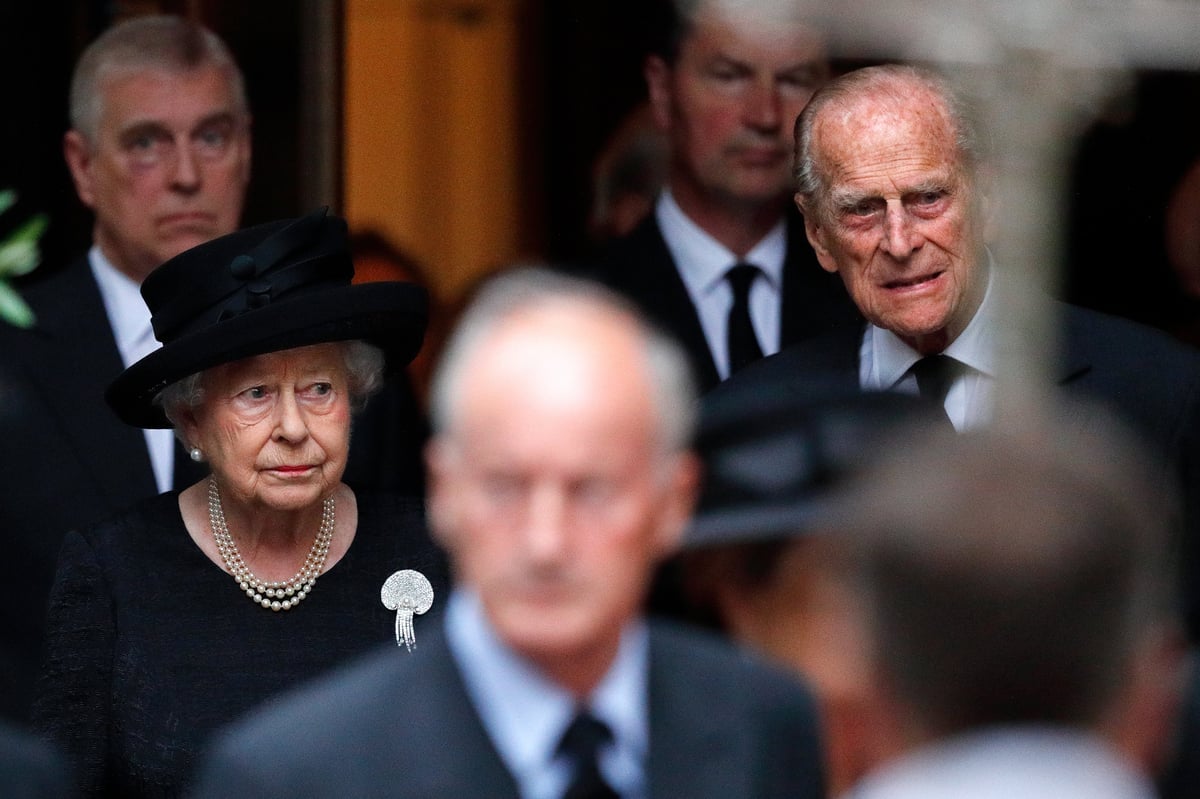
Queen Elizabeth II has tested positive for COVID-19.
The 95-year-old monarch, who turns 96 in April, is experiencing mild, cold-like symptoms, according to Buckingham Palace, and plans to carry on 'light' duties at Windsor Castle over the coming week.
"She will continue to receive medical attention and will follow all the appropriate guidelines," the palace said in a statement on Sunday.
Here is the short statement from Buckingham Palace in full about the Queen getting Covid.
— Chris Ship (@chrisshipitv) February 20, 2022
Both Prince Charles and Camilla tested positive for it in the previous 10 days. pic.twitter.com/JZ2olOwkqT



